The INRS Foundation recognizes the excellence of eight graduating members of the INRS student community, who have distinguished themselves through the exceptional quality of their master's thesis or essay or doctoral dissertation in each of the four research and training centers.
Presented on May 10, 2025 at the 2024-2025 graduation ceremony, thanks to the generous support of donors from the INRS community, the Awards for the Best Theses and Dissertations aim to recognize the rigor, originality and scope of the work carried out by INRS graduates. The Foundation offers winners financial support of $1,000 at master's level and $2,000 at doctoral level.
Nominations were evaluated by an interdisciplinary committee of faculty members, on the basis of scientific quality, the impact of the work and the influence of the results. This recognition testifies not only to the excellence of the laureates' academic careers, but also to their contribution to the advancement of knowledge in fields of importance to society.
Our 2025 winners are :
Prize for the best master's thesis or essay
Cameron Confuorti, Master's degree in experimental health sciences, under the supervision of Professor Isabelle Plante
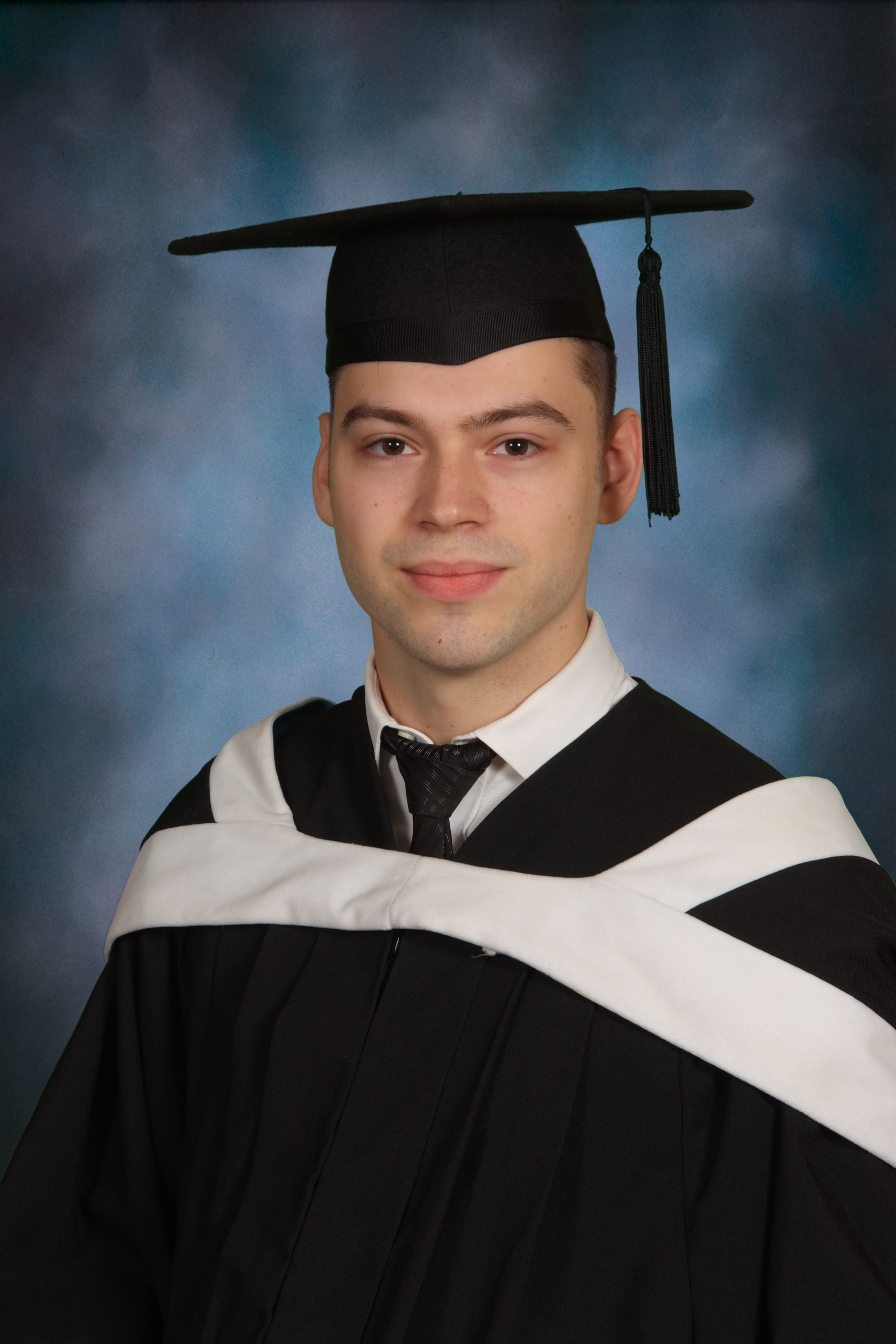
“This recognition values the challenges met, the hours invested and the sincere passion I put into this research from start to finish.”
- What brought you to INRS? What do you remember about your experience?
What drew me to INRS was the opportunity to get involved in a research project that perfectly matched my scientific interests and long-term goals. I was particularly attracted by Professor Isabelle Plante's expertise and leadership in the field of mammary gland biology and gene regulation. Right from the start, I felt a strong affinity with her supervision, with INRS and with the relevance of the project to my aspirations in molecular biology and oncology.
My experience at INRS enabled me to strengthen my technical and analytical skills, while developing my scientific rigor, autonomy and collaborative spirit. It was a decisive step that shaped my identity as a researcher and confirmed my commitment to the field of biology. - Can you describe the challenge and impact of your research project?
My research project focused on the role of microRNAs in intercellular communication and mammary gland development. One of the main challenges was the complexity of mammary development, a highly dynamic process that evolves over time. The study of miRNAs was also difficult for several reasons. Firstly, they were very small molecules, making them difficult to detect. Secondly, there were hundreds of different variants, each of which could play a specific role, complicating their identification. What's more, their analysis required specialized equipment and advanced technical methods. Very little research had been carried out into the role of miRNAs in this context, particularly with regard to cell-cell interaction. To address this, we designed rigorous experiments enabling us to quantify miRNAs and junctional proteins in vivo across the different developmental stages of the mammary gland and in vitro in breast cancer cells. My work has filled an important gap in the scientific literature and provided new insights that could ultimately improve our understanding of breast cancer, a disease that still affects millions of women worldwide. - What does winning this award mean to you?
This award has a very special meaning for me, as it reflects first and foremost the opportunity I had to work with Professor Isabelle Plante and her team. I am deeply grateful for the guidance, trust and spirit of collaboration that have marked this experience. Beyond that, this recognition goes beyond the usual standards: it distinguishes the extra time, effort and commitment I devoted to exceeding the project's expectations. It recognizes the challenges met, the hours invested and the sincere passion I put into this research from start to finish. - What's next for you now that you've graduated?
For the time being, I'm exploring a career in corporate research, in particular with a contract research organization (CRO), where I can put into practice the scientific skills, critical thinking and experience I acquired at INRS. This path allows me to contribute to concrete projects with a clinical or commercial impact. I also remain open to the possibility of pursuing a PhD in biology or an MBA in the future, depending on how my interests and career goals evolve.
Liam Maw, Master's degree in Earth Sciences, under the supervision of Professor Pierre-Simon Ross

“Winning this award is a great way to round off my research career at INRS, but also an opportunity to raise the profile of Earth sciences.”
- What brought you to INRS? What do you remember about your experience?
The main thing that brought me to INRS was a high-quality research project, supported by close collaboration between my co-directors at the Geological Survey of Canada and INRS, made possible by the co-location of these major research groups. It was a well-conceived, applied project, well supported by an industry partner.
Most of all, I retain the influence of new mentors - both academic and industrial - as well as a great appreciation for the way in which the common goals of research and industry can be integrated and advanced, whether I pursue my career in academia or in mining exploration. - Can you describe the challenge and impact of your research project?
The main challenge of my research was to understand the nature, timing and geological controls of a lode gold deposit in Abitibi, which presents a style of mineralization atypical of the region. My research led to a better understanding of the deposit currently being mined, the regional geological evolution, and also highlighted the potential for the discovery of other gold deposits of this style, which may not have been previously targeted by mining exploration. - What does winning this award mean to you?
I'm delighted to win this prize! It's a great way to round off my research career at INRS, but also an opportunity to raise the profile of Earth sciences. It's a little-known field, but one that's becoming increasingly essential for supplying the metals needed for the energy transition. - What's next for you now that you've graduated?
The next chapter is already well underway for me: I've started work as an exploration geologist for the company that supported my research project. I'm still working on gold deposits, but this time in Nunavut. In this role, I have the opportunity to maintain collaboration with various researchers in order to improve our exploration methods and geological understanding in the various regions where we work.
Afsaneh Shoeib, Master's degree in telecommunications, under the supervision of Professor José Azaña
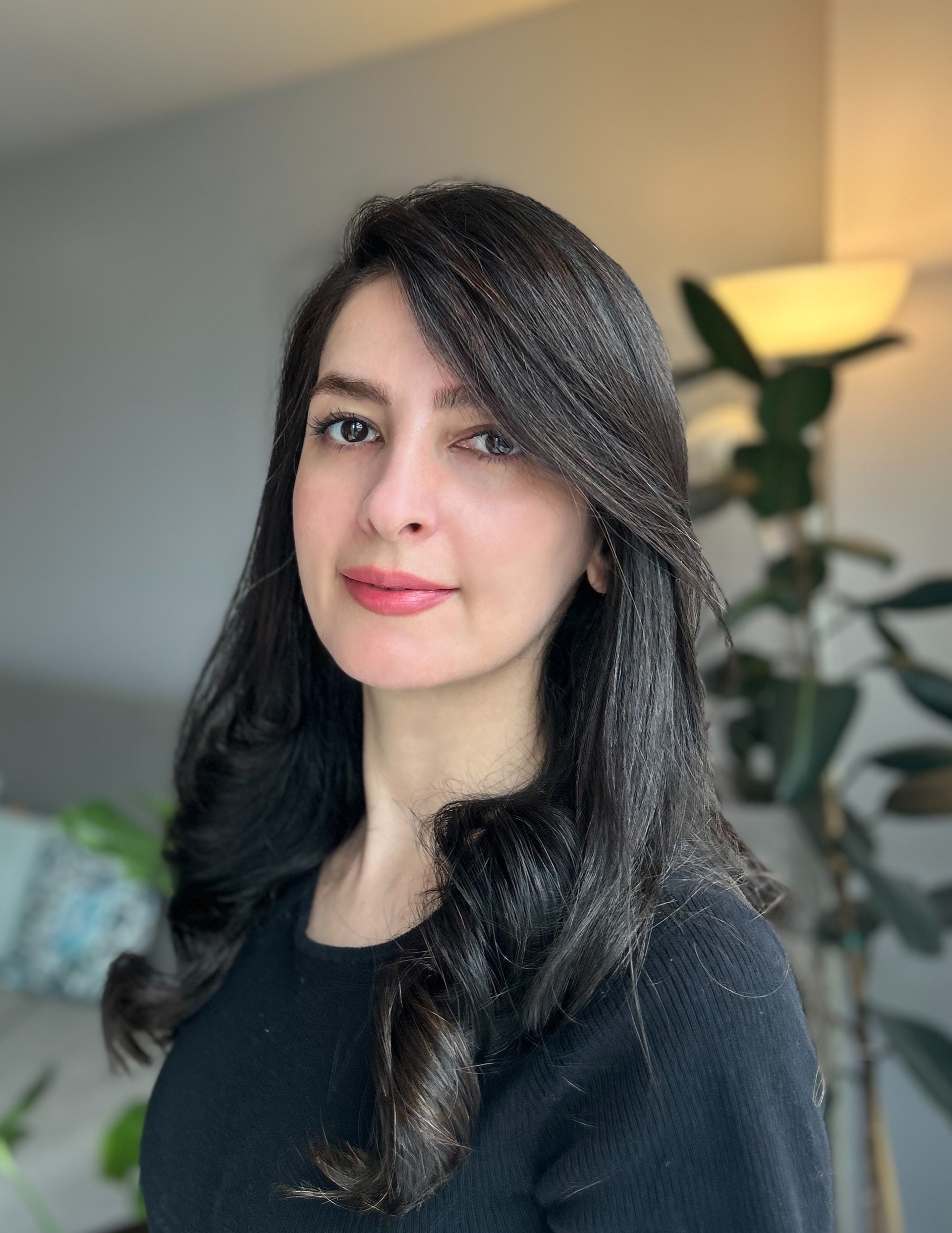
“This recognition confirms that my work is on the right track and reinforces my commitment to advancing my field.”
- What brought you to INRS? What do you remember about your experience?
What attracted me to INRS was its reputation for world-class mentoring and its culture of collaborative research. From my first conversation with Professor José Azaña, the depth and originality of his group's work convinced me that this was the ideal place to grow. Professor Azaña's infectious enthusiasm for discovery fostered an atmosphere of trust and encouragement that kept me motivated, even when the research became difficult. My experience was enriched by close collaboration with an exceptional team of researchers, in particular Dr. Reza Maram on the industrial side of my project, whose invaluable advice helped me to overcome the many challenges I encountered along the way. In retrospect, my time at INRS was both a rigorous training ground and an inspiring adventure that broadened my perspective and enabled me to become a confident early-career scientist. - Can you describe the challenge and impact of your research project?
My master's thesis presents a novel and simple real-time optical monitoring system for dynamic spectral analysis of telecommunication signals over wide frequency bands. Built from practical linear fiber-optic components, the system provides direct, real-time access to the spectral content of incoming data streams. The proposed system increases measurement speed by several orders of magnitude, overcoming one of the main limitations of current methods for monitoring telecoms signals. It is also cost-effective and energy-efficient, and can be integrated on-line for real-time spectral analysis of any broadband dynamic waveform. This type of signal analysis and processing tool plays a vital role in applications ranging from advanced optical communication networks and next-generation sensor monitoring to autonomous vehicles and medical imaging. - What does winning this award mean to you?
It's a great honor to receive this prestigious award. This recognition confirms that my work is on the right track and reinforces my commitment to advancing my field. I believe this award will increase the visibility of my research and inspire me to pursue ever-higher standards of excellence. - What's next for you now that you've graduated?
After graduating, I continued my research at INRS-EMT as a research officer with Professor José Azaña, developing the main results of my thesis while acquiring new skills and taking on new challenges. At the same time, I'm exploring R&D opportunities in industry, where I hope to translate advanced photonics into solutions that make communication networks greener, faster and safer.
Camille Biron-Boileau, Master's degree in Population Studies, under the supervision of Professor Maude Pugliese
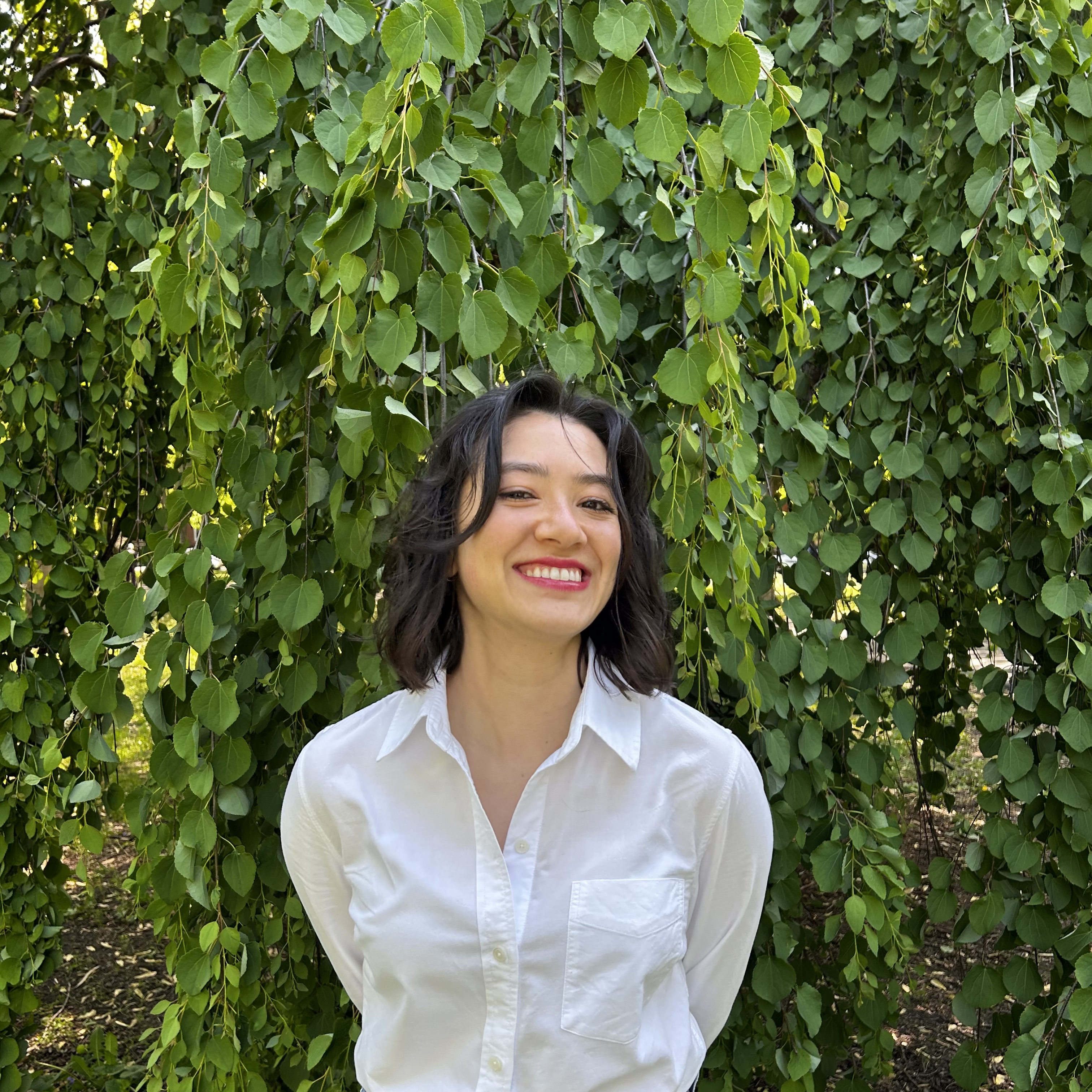
“This award represents recognition of the scientific and social relevance of the research project I carried out.”
- What brought you to INRS? What do you remember about your experience?
I came to know INRS through an undergraduate summer internship during my bachelor's degree in sociology at the Université de Montréal. I chose to pursue my master's studies there largely because I greatly appreciated the guidance provided by my internship supervisor, who also became my director, Maude Pugliese. She was the ideal person to help me progress as a researcher, not only because of our related research interests, but also because of her confidence in my abilities. I was also attracted by the multidisciplinary approach of the Population Studies program (my director is a sociologist, while my co-director, Magalie Quintal-Marineau, is a geographer).
What I remember most about my time at INRS is the opportunities I was given to enter the world of research, such as collaborating on scientific articles and taking part in international conferences, as well as the exceptional supervision provided by my directors, Maude and Magalie. - Can you describe the challenge and impact of your research project?
My project explores the influence of gender on how Quebec testators with children experience estate planning. It demonstrates how testators perceive gender when considering not only the financial security of their loved ones, but also the relational and emotional implications of inheritance for them, leading to different decisions about the division of their estate at death.
My research brings a relational perspective centred on gendered interactions between family members to bear on the question of inheritance, a dimension still largely unexplored in sociology. It also sheds light on the dilemmas testators face when planning their succession. It is therefore relevant to inform the practice of the various professionals involved in this process, such as notaries and financial planners. - What does winning this award mean to you?
The prize represents recognition of the scientific and social relevance of the research project I have carried out. It motivates me to work towards publishing my research findings in the form of scientific articles, but also to find ways of disseminating this new knowledge to a wider public for whom these issues are also worthy of interest. - What's next for you now that you've graduated?
I'm currently (and for the next few years) a doctoral student in sociology at the University of Chicago, where I'm pursuing my research on the transmission of wealth within families.
Prize for the best doctoral thesis
Sophia Ferchou, PhD in biology, under the supervision of Professor Yves St-Pierre
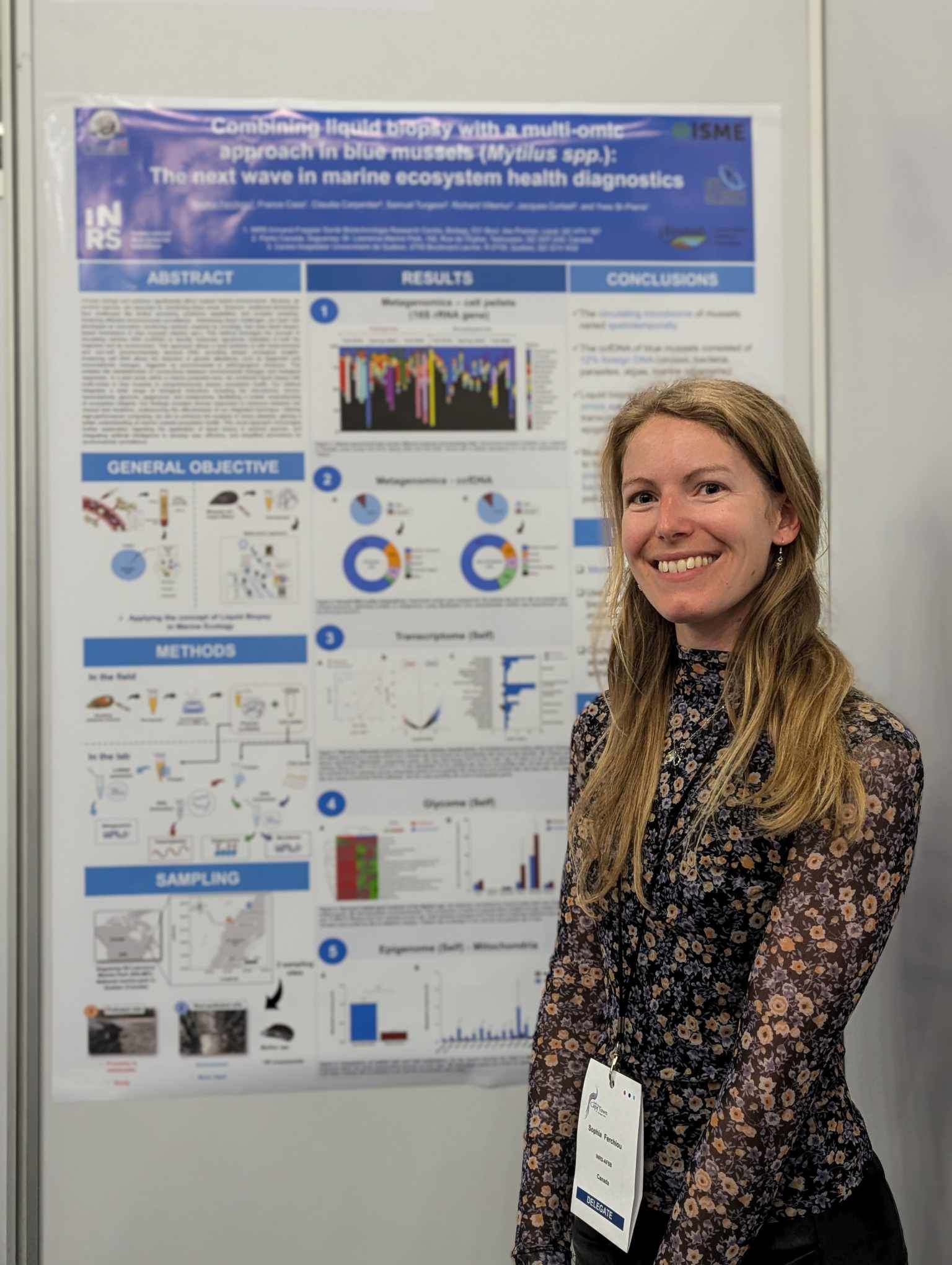
"This award is a form of recognition, both personal and collective. Because this ‘sundae’ of success was built on teamwork, sleepless nights... and many strong coffees."
- What brought you to INRS? What do you remember about your experience?
After completing a master's degree in oceanography in Rimouski, I had the opportunity to work at the Saguenay-St. Lawrence Marine Park as a research assistant. It was there that I discovered a PhD in marine biology in Yves Saint-Pierre's laboratory at INRS.
Honestly, at first, I didn't think I was up to it. My background was mainly in biostatistics, with little experience in molecular biology, and bioinformatics seemed to me... an alien language! Five years later, not only do I speak it, but I've had the chance to go into the field all over the world, to learn cutting-edge laboratory and data analysis techniques, and above all, to share my daily life (and many cups of coffee!) with some wonderful colleagues.
What do I remember? Constant learning, memorable laughs and unfailing support, even at the most stressful times. An incredible human and scientific adventure. - Can you describe the challenge and impact of your research project?
The aim of my project was to gain a better understanding of marine and coastal ecosystems, particularly those subject to environmental and anthropogenic pressures. To achieve this, we adapted a method borrowed from human oncology: liquid biopsy.
The project enabled us to set up a network of provincial and international collaborations, comparing samples from the polar regions of each hemisphere with those from more impacted environments, such as the St. Lawrence Estuary. We were able to detect bacterial and viral pathogens, identify viruses, and even reveal the presence of invasive species.
By combining various approaches (microbiome, transcriptome, metabolome, epigenome), we have obtained an integrated vision of the state of health of the mussel and its environment. This work paves the way for more effective monitoring of marine environments, particularly in marine protected areas. - What does winning this award mean to you?
It's an immense source of pride! A form of recognition, certainly personal, but above all collective. Because this “sundae” of success was built on teamwork, sleepless nights... and many strong cups of coffee. I share this award with all the people who have supported me along the way. - What's next for you now that you've graduated?
I'm continuing my adventure as a postdoctoral fellow at the University of Vienna, in the Department of Microbial Ecology. I'm working on symbiotic bacteria in lucinid clams (Loripes orbiculatus, Codakia orbicularis), which have been living in partnership with sulfuroxidant bacteria for over 400 million years.
While their transcriptome and development are relatively well documented, epigenomic aspects and the involvement of small RNAs (sRNAs) remain largely unexplored. My project therefore aims to better understand how these symbionts influence the biology of their host, well beyond the gills. It's a fascinating world, at the crossroads of evolutionary ecology, microbiology and genomics.
Océane Hourtané, PhD in water sciences, under the supervision of Professor Claude Fortin
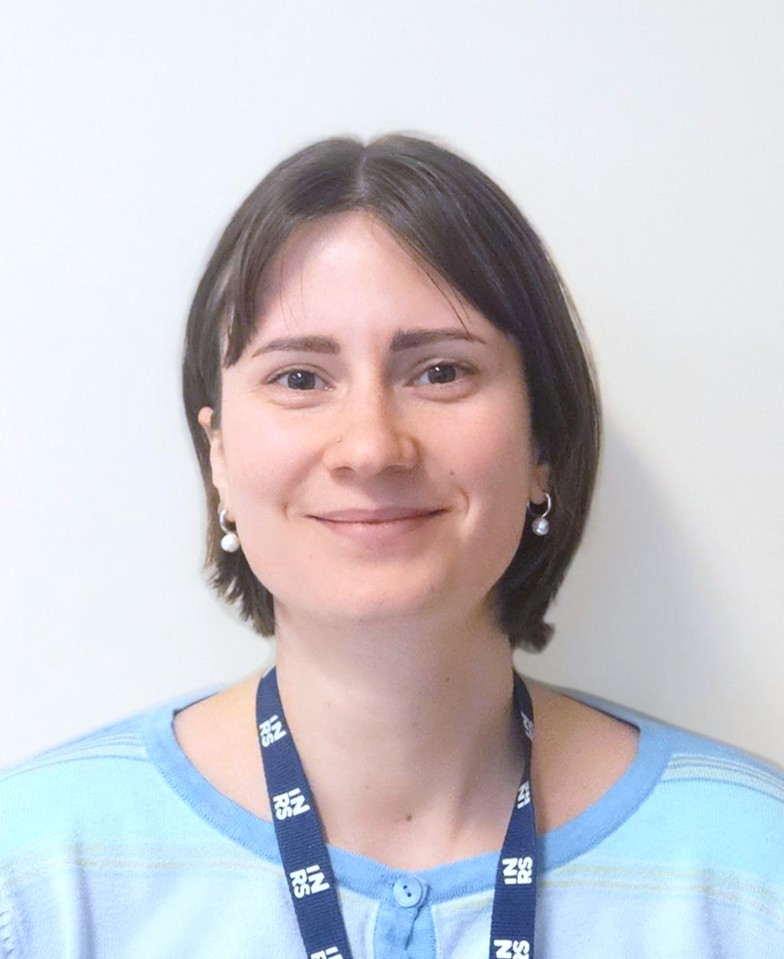
"Receiving this award is a tremendous honor. It is a recognition of both the scientific quality of the research and thesis, as well as the success of the challenges associated with graduate studies and research."
- What brought you to INRS? What do you remember about your experience?
I joined INRS as part of a bidiploma master's program with the University of Bordeaux. Two things particularly appealed to me and encouraged me to continue my studies at the Centre Eau Terre Environnement. Firstly, the interdisciplinary approach of the research carried out at INRS, a true signature of the institution. The concept of thematic centers fosters the emulation of ideas, and remains innovative today, more than 55 years after the founding of INRS. I also found the human environment at the center stimulating, both professionally and personally. I particularly liked the dynamism of the community and the cultural richness of its members, all of which contributed greatly to my personal development. - Can you describe the challenge and impact of your research project?
My thesis focused on three metals of emerging interest in ecotoxicology: gallium, lanthanum and platinum, which can end up in the environment as a result of their use in new technologies and catalysts. Their behavior in aqueous media remains poorly understood, and data on their toxicity to aquatic organisms is still limited. The objectives were to 1) better understand their interactions with natural organic matter, ubiquitous in freshwater ecosystems, and 2) assess how these interactions may modify the impacts of these metals on aquatic organisms, in this case microalgae. The results show that the ecological risk associated with these metals can be exacerbated in the presence of organic matter in natural environments, and lay the foundations for an elucidation of the mechanisms involved. Moreover, this PhD work has also contributed to the emergence of a new method that will facilitate future studies and environmental monitoring of metal contamination. - What does winning this award mean to you?
Receiving this award is a tremendous honour. It's recognition of both the scientific quality of the research and thesis, as well as the success of the challenges associated with graduate studies and research. It's a wonderful way to close this chapter, and very encouraging for the rest of my career. - What's next for you now that you've graduated?
Following my graduation, I began a postdoctoral internship with the Centre Eau Terre Environnement of INRS and in collaboration with the Ministère de l'Environnement de la Lutte contre les changements climatiques de la Faune et des Parcs (MELCCFP). The aim of this work is to assess the sensitivity of various freshwater species to several little-studied metal contaminants: palladium, platinum and radium-226. These elements can be mobilized in the environment by human activities, particularly mining. Ultimately, this work will contribute to the development of freshwater quality criteria for the protection of aquatic life - criteria currently non-existent in Canada for these metals.
Xinyi Zhu, PhD in telecommunications, under the supervision of Professor José Azaña
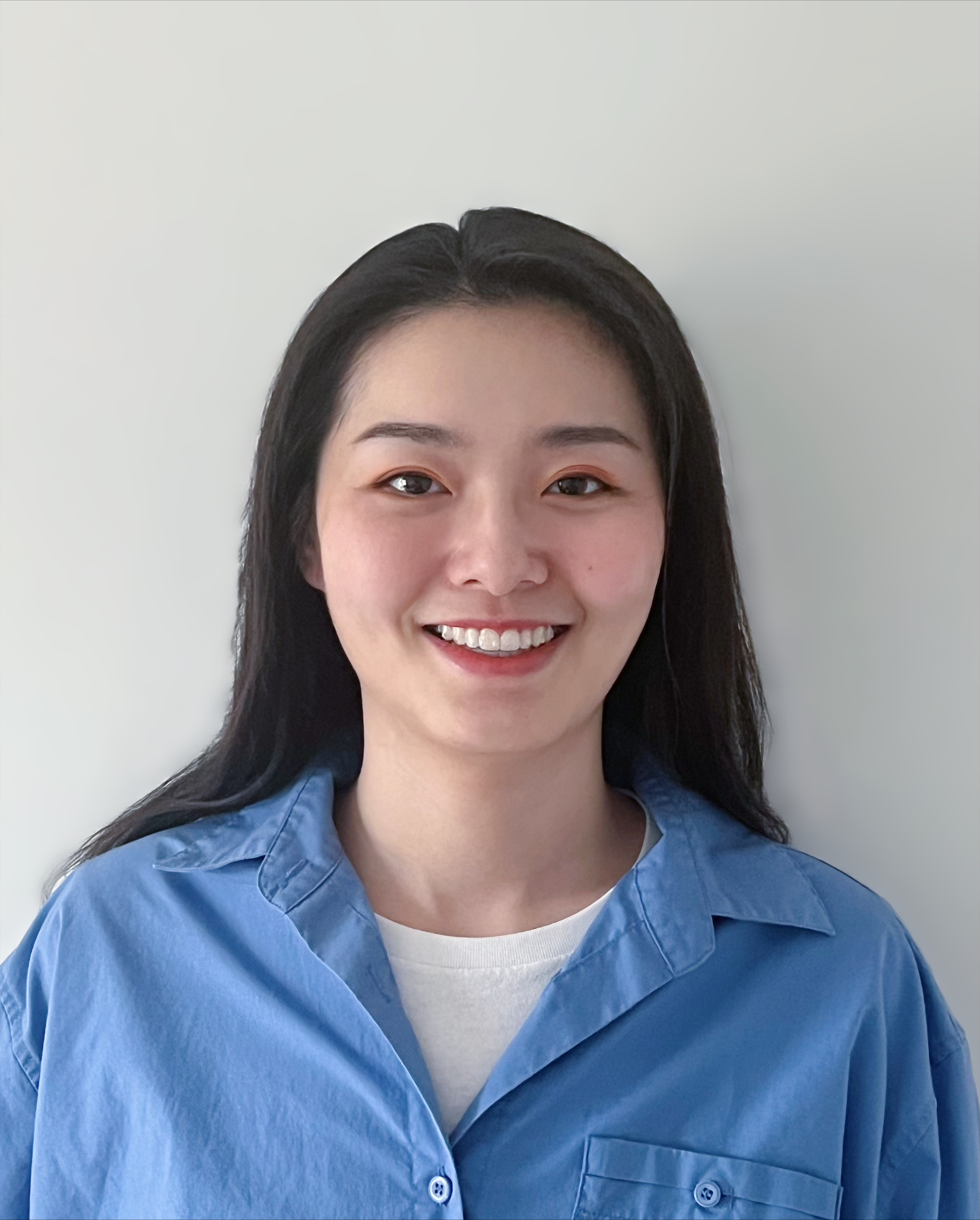
"This award has profound significance, not only as recognition of my work, but also as validation of the resilience that underpinned it. The PhD journey was far from linear: there were moments of doubt, sleepless nights debugging experiments, and even times when I wondered whether I should continue. But in overcoming these challenges, I've learned that breakthroughs require perseverance as much as intelligence."
- What brought you to INRS? What do you remember about your experience?
I chose INRS for its worldwide reputation as a leading research center and for its unique collaborative ecosystem. The institute offers an unrivalled environment for scientific discovery, combining state-of-the-art facilities, a focus on translational impact and the freedom to pursue bold ideas. A key factor was the opportunity to work under the guidance of Professor José Azaña, a pioneer in photonics whose expertise matched perfectly my ambition to push back the boundaries of ultrafast optical signal processing.
My time at INRS transformed me both as a scientist and as a collaborator. Over and above my technical skills, I learned to build bridges between disciplines and cultures. This interdisciplinary ethic not only enriched my doctoral work, but also shaped my vision of research: the most transformative solutions emerge at the intersection of several fields. These lessons will serve as an anchor for my career as I tackle increasingly complex challenges. - Can you describe the challenge and impact of your research project?
My thesis tackled a fundamental obstacle in modern signal processing: the inability to dynamically control time-frequency distributions in real time for applications such as 6G networks, quantum radar and ultra-secure communications. Existing approaches, whether digital (DSP) or photonic, face prohibitive trade-offs: digital methods are flexible but too slow; optical solutions are fast but rigid. For example, traditional microwave photonic filters have difficulty reconfiguring on the nanosecond scale, while DSPs come up against bandwidth ceilings of tens of GHz. To remedy this situation, I have developed a new platform that combines the versatility of digital signal processing with the high-speed performance of photonic processing, outperforming existing methods in terms of speed and flexibility by several orders of magnitude. This work, published in leading journals such as Nature Communications, represents a significant advance in our ability to manipulate electromagnetic waves with unprecedented precision and speed. - What does winning this award mean to you?
This award has profound significance, not only as recognition of my work, but also as validation of the resilience that underpinned it. The PhD journey was far from linear: there were moments of doubt, sleepless nights debugging experiments, and even times when I wondered whether I should continue. But in overcoming these challenges, I've learned that breakthroughs require perseverance as much as intelligence.
Most importantly, this honor goes to my support system: my advisor Professor José Azaña's unwavering faith in the project's potential and his encouragement, the colleagues who brainstormed solutions on whiteboards until midnight, and the INRS culture that encourages risk-taking. But above all, this prize reminds me why I love research: it's by tackling difficult problems that others avoid, and by persevering even when success seems far away, that we make revolutionary discoveries. It's proof that just when things seem bleakest, your greatest discovery may be just around the corner. - What's next for you now that you've graduated?
I'm delighted to be embarking on a postdoctoral fellowship to pioneer the field of photonic neural networks, a field poised to revolutionize artificial intelligence hardware. My goal is to combine my PhD work on ultrafast photonic processing with neuromorphic computing, developing new light-based computing architectures that could offer unprecedented speed and energy efficiency for machine learning applications. The lessons I learned at INRS, about the power of interdisciplinary thinking, the importance of rigorous experimentation and the value of collaborative problem solving, will continue to guide me as I work to translate cutting-edge photonic technologies into solutions for the world's challenges.
Wiem Bargaoui, PhD in Urban Studies, under the supervision of Professor Marie-Soleil Cloutier
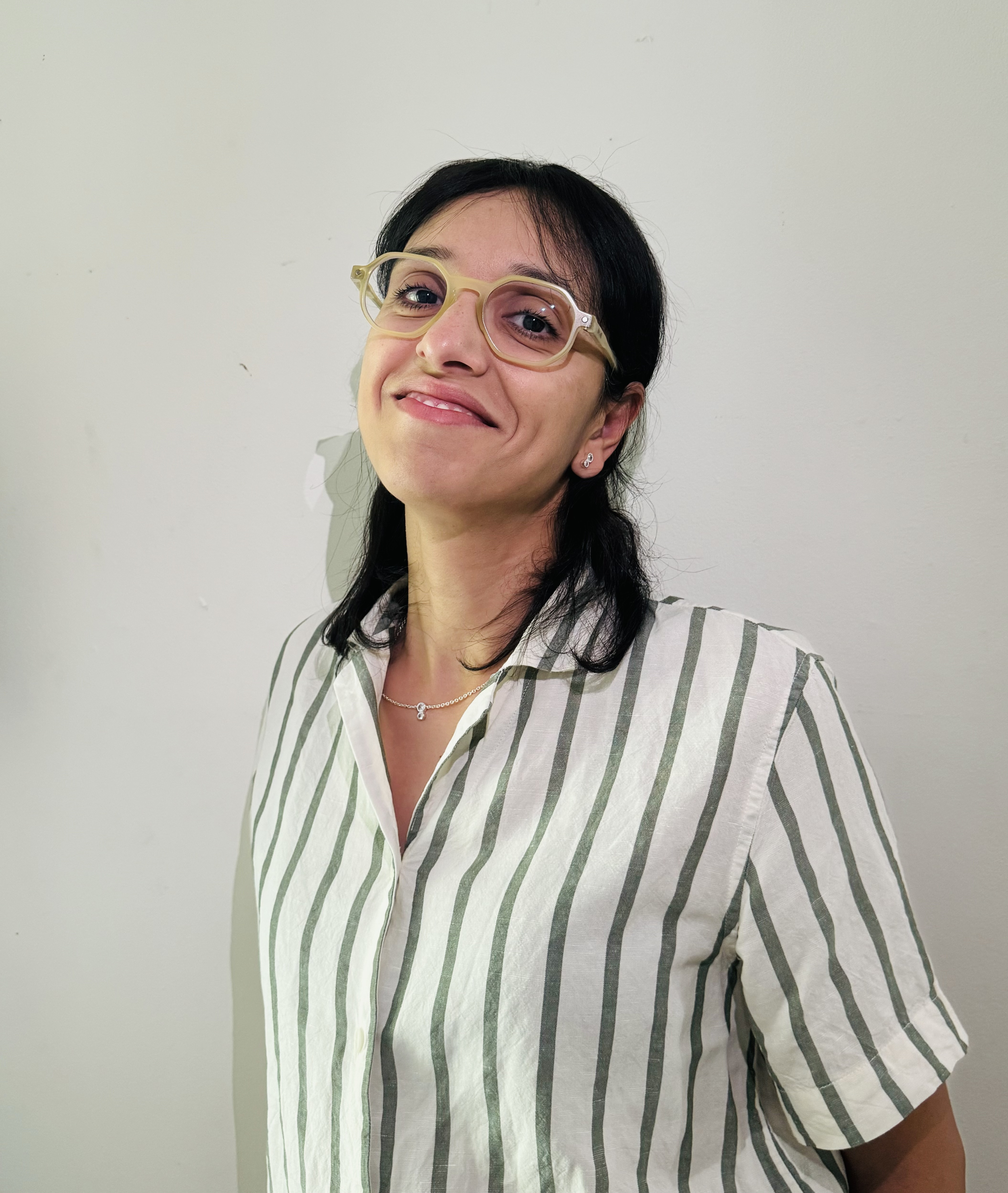
“Winning the prize for best thesis is a great source of pride for me, but it's also an important recognition of the relevance of my subject.”
- What brought you to INRS? What do you remember about your experience?
I trained as a landscape architect, with a keen interest in issues related to urban public spaces (design, appropriation, etc.). The Urban Studies program at INRS gave me the opportunity to broaden my knowledge of these subjects. It was there that I met my research director Marie-Soleil Cloutier, whose laboratory introduced me to the field of road safety, an issue often overlooked in the design of public spaces.
This gave rise to my thesis topic, which links both the design of children's play areas and the risk of road accidents on the way to and from them, whether on foot or by bike. I was particularly interested in this category of user, as it is often overlooked in research.
INRS has been an exceptional learning environment for me as a researcher. The warm and welcoming environment at the Centre Urbanisation Culture Société, whether with professors, administrative staff or fellow students, has supported me throughout my career and, above all, encouraged me to never give up. - Can you describe the challenge and impact of your research project?
The aim of my thesis project was to understand the extent to which the design of play areas and the safety of the paths leading to them influence their use.
The research revealed a twofold relationship: firstly, between design and playground attendance, and secondly, between route and playground attendance, with a stronger effect of route. In other words, even if the playground meets children's needs, if the route is unsafe, children won't go there, especially when parents aren't available.
This dual relationship represents an original contribution, both scientific and practical. The study's conclusions are relevant to various urban planning players (professionals, elected representatives, etc.) wishing to create spaces, neighborhoods and cities on a child-friendly scale. - What does winning this award mean to you?
Winning the prize for best thesis is a source of great pride for me, but it's also an important recognition of the relevance of my subject. It's a personal victory, of course, but also a victory for the place of children in research and in the city. This prize underlines that all the efforts invested over the years, as well as the many challenges overcome, have been fully worthwhile. - What's next for you now that you've graduated?
I'm currently doing a post-doctoral internship at INRS, at the Centre Urbanisation Culture Société, where I continue to be fully involved in the world of research.
The INRS Foundation warmly congratulates the winners on their remarkable careers, and the research teams who have supported them along the way.
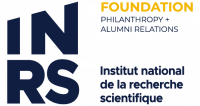
.png)